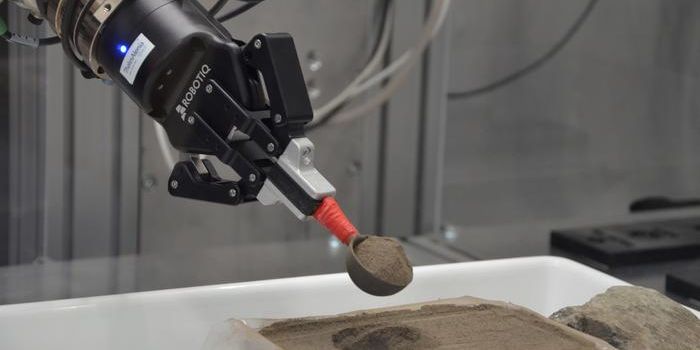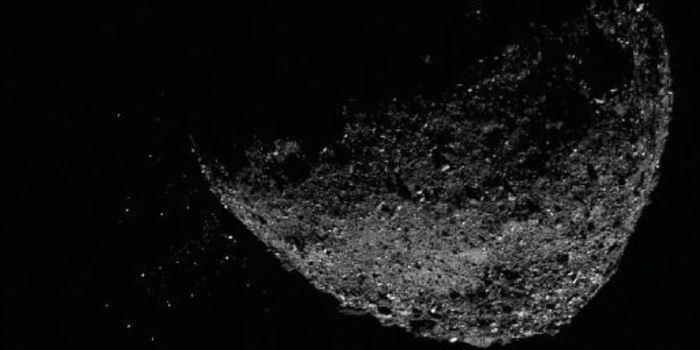Zooming Back From a Black Hole
The first images ever taken of a black hole were released in April 2019. The images were captured with the Event Horizon Telescope (EHT). But that wasn't the only instrument to capture it. Now, researchers have released data from 19 observatories, providing new insights into this black hole, and enabling scientists to test Einstein's General Theory of Relativity. These recent findings have been published in The Astrophysical Journal Letters and can be seen in the video.
"We knew that the first direct image of a black hole would be groundbreaking," said study co-author Kazuhiro Hada of the National Astronomical Observatory of Japan. "But to get the most out of this remarkable image, we need to know everything we can about the black hole's behavior at that time by observing over the entire electromagnetic spectrum."
Supermassive black holes exert tremendous gravitational pulls, powering particle jets that travel across vast distances at speeds near the speed of light. The jets from this black hole, which is in galaxy M87, release light from radio to gamma waves, across the electromagnetic spectrum.
Now, we can watch the data from the telescope in a video across different scales. It begins with the image of the black hole released in April 2019, then moves outward as it shows images taken by other radio telescope arrays. Telescopes that detect visible light are then shown along with views of ultraviolet light, and X-rays. The screen is split into images that all cover equal amounts of the sky at the same time. Lastly, images of the black hole and jet from gamma-ray telescopes on the ground and in space are shown. Each type of telescope provides different kinds of information about the black hole, which is about 55 million light-years from Earth.
"There are multiple groups eager to see if their models are a match for these rich observations, and we're excited to see the whole community use this public data set to help us better understand the deep links between black holes and their jets," said study co-author Daryl Haggard of McGill University.
This data was collected by an international team of 760 scientists and engineers from almost 200 institutions in 32 countries or regions.
"This incredible set of observations includes many of the world's best telescopes," said study co-author Juan Carlos Algaba of the University of Malaya in Kuala Lumpur, Malaysia. "This is a wonderful example of astronomers around the world working together in the pursuit of science."
Sources: Science Daily via Harvard-Smithsonian Center for Astrophysics, The Astrophysical Journal Letters








